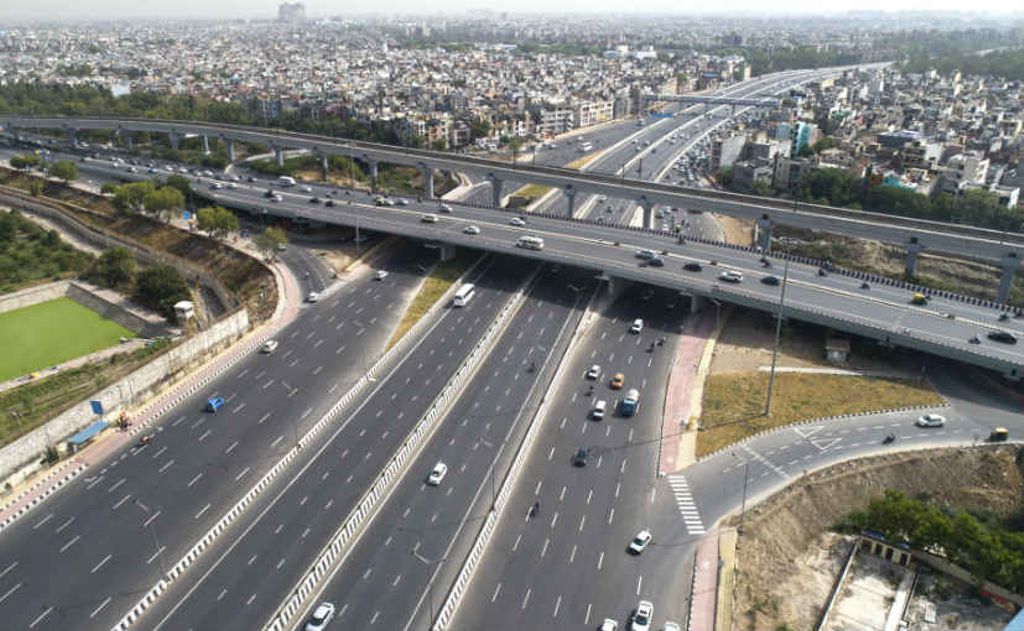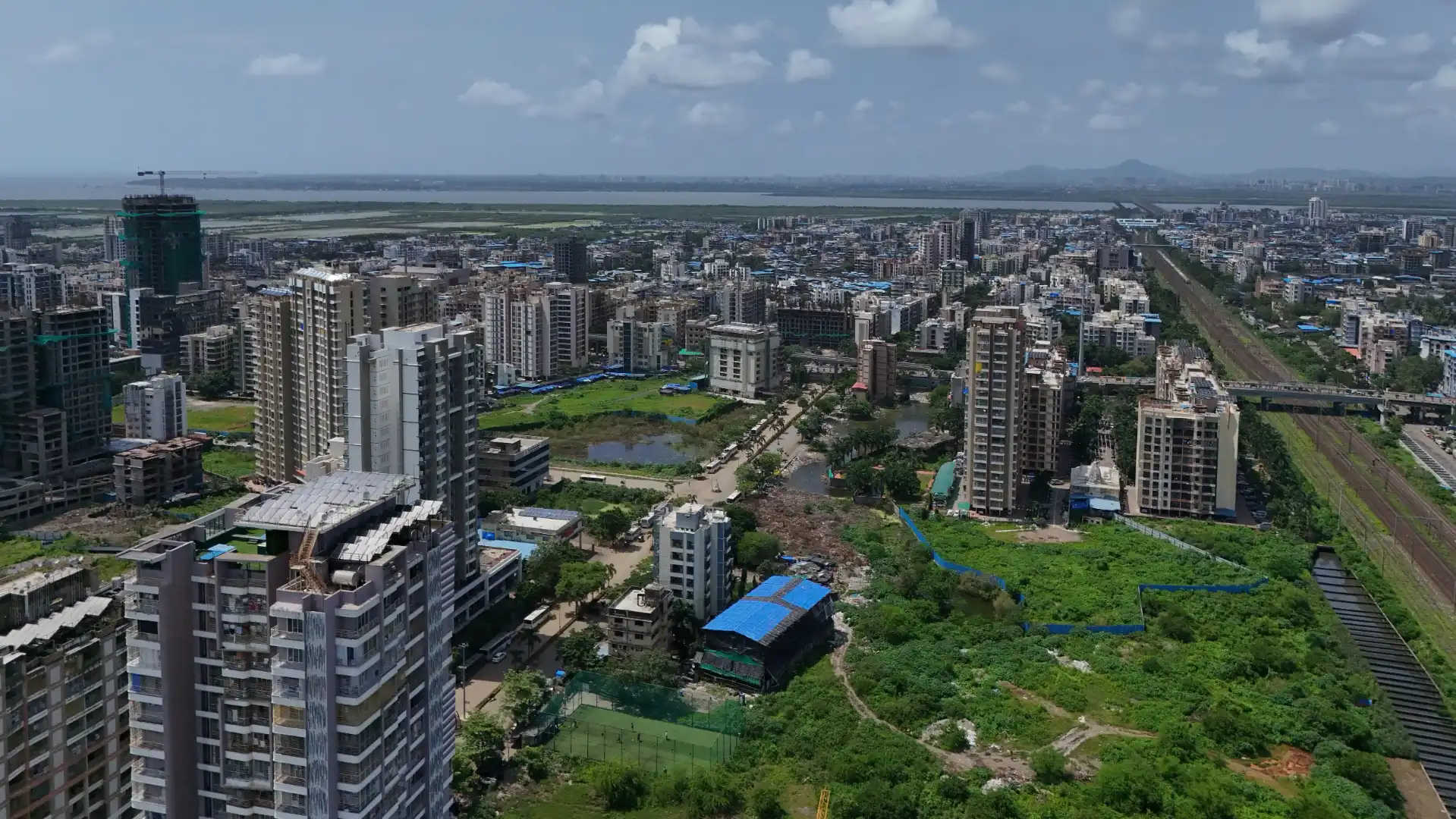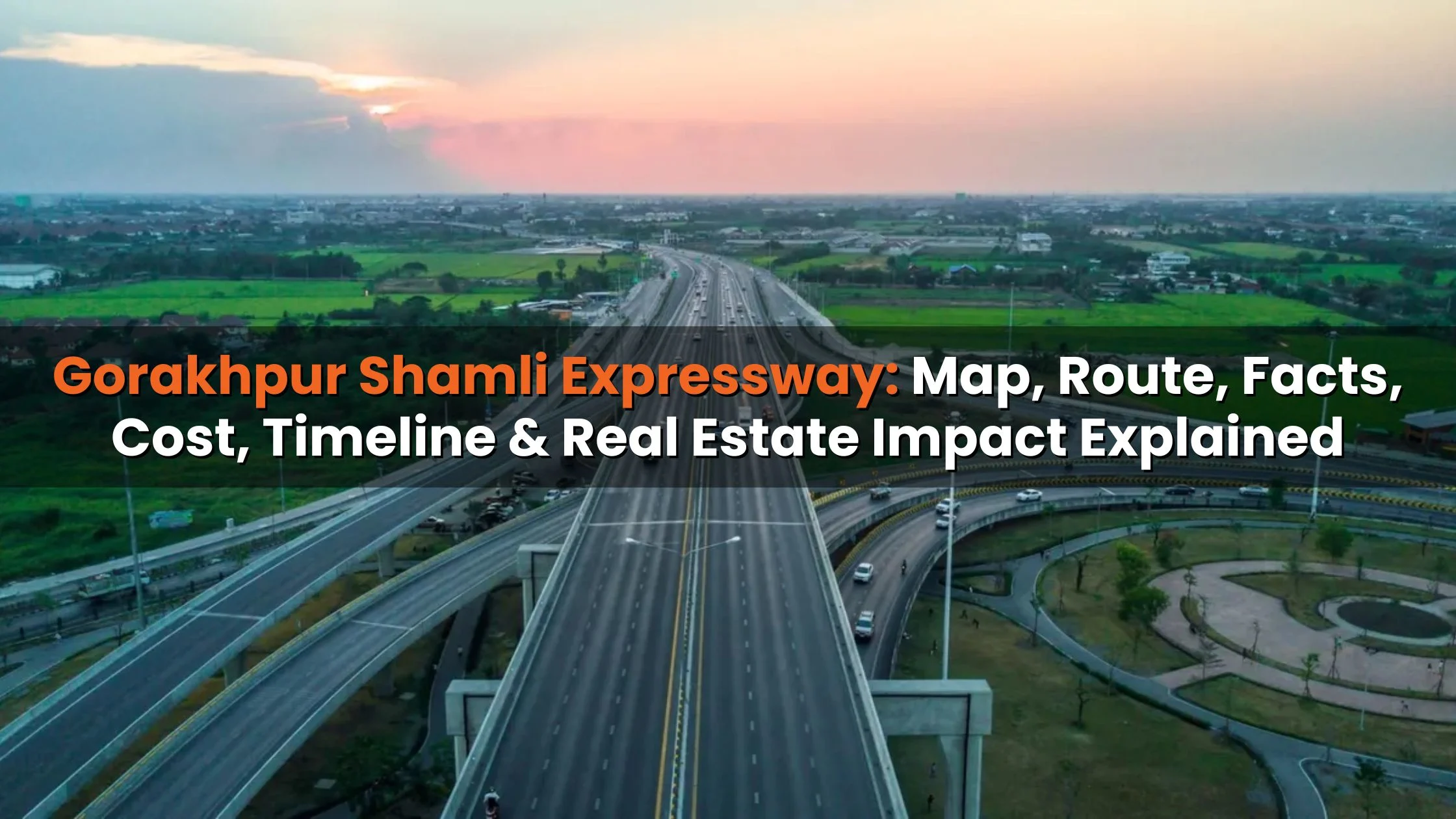Table of Content
- Key features of the Eastern Peripheral Expressway:
- Toll Rates on the Eastern Peripheral Expressway
- Eastern Peripheral Expressway route and map
- Points of exits on the Eastern Peripheral Expressway
- Features and Fascinating Aspects of the Eastern Peripheral Expressway
- Speed Limits for Eastern Peripheral Expressway.
- Breakdown of contractors working on the Eastern Peripheral Expressway
- Influence of the Eastern Peripheral Expressway on Property Market
- Real estate costs along the Eastern Peripheral Expressway
- Conclusion
Approved in 2015, the Eastern Peripheral Expressway (EPE), known as the Kundli-Ghaziabad-Palwal (KGP) Expressway, was designed to improve connectivity for commuters in the eastern National Capital Region (NCR). The biggest ring road around Delhi is made up of this 135-kilometer corridor and the Western Peripheral Expressway (WPE). This article delves deeply into the EPE and its impact on the surrounding real estate market.
Also Read: Delhi Mumbai Expressway Map, Route & Real Estate Impact
Key features of the Eastern Peripheral Expressway:
- Official title: Eastern Peripheral Expressway, also known as Kundli–Ghaziabad–Palwal Expressway.
- National Highway Number: NH-2
- Commencement: May 2018
- Managed by: NHAI, the National Highways Authority of India.
- Cost of entire project: ₹11,000 crore
- Path: Starting from Kundli (Sonipat) and heading towards Dholagarh (Palwal)
- Distance: 135 kilometers
- Amount of Lanes: six
Toll Rates on the Eastern Peripheral Expressway
Updated toll fees for the Eastern Peripheral Expressway went into effect on April 1, 2022, showing a hike of 10% to 50% in rates. Check out the revised toll fees below:
- Dasna to Duhai: ₹15
- Duhai to Mavi Kalan (Baghpat): ₹55
- Duhai to Chhajju Nagar: ₹180
- Dasna to Chhajju Nagar: ₹165
Eastern Peripheral Expressway route and map
.webp)
This corridor, known as National Expressway-2, runs from Sonipat through Baghpat, Ghaziabad, Greater Noida, and Faridabad before reaching its final destination in Palwal. It links up with the WPE at both Sonipat and Palwal.
Points of exits on the Eastern Peripheral Expressway
There are seven specified exit points on the EPE, each named after nearby villages like Baghpat, Duhai, Dasna, Dadri, and Atali-Chasna. These exits provide access to important locations such as Meerut, Ghaziabad, Moradabad, Noida, Greater Noida, and Faridabad.
Features and Fascinating Aspects of the Eastern Peripheral Expressway
- One of the initial expressways in India that uses a closed tolling system, wherein toll fees are calculated per distance covered instead of the entire road length.
- Built in an unprecedented 500 days.
- Provided with Fastag amenities to ensure faster toll collection.
- Every 500 meters, rainwater harvesting systems are set up, with more than 250,000 trees along the highway being watered by a drip irrigation system.
- A cycle track that is 2.5 meters wide is present on both sides of the expressway.
- Measures to control speed, such as automated fine systems and speed-detecting cameras.
- Solar panels have been placed to provide electricity for streetlights, indicating that the expressway is India's inaugural "smart and green" highway.
- The EPE contains 406 structures, such as major and minor bridges, flyovers, interchanges, underpasses, and railway over-bridges.
- It became fully functional in May 2018, following an inauguration by Prime Minister Narendra Modi.
- Future growth strategies include linking the EPE with the Delhi-Meerut Expressway and connecting it to the Yamuna Expressway via an interchange near Jaganpur Afzalpur village, which will greatly shorten the commute to the Noida International Airport.
- Facilities consist of dining options, hotels, bathrooms, stores, and gas stations, featuring reproductions of well-known Indian landmarks such as the India Gate, Qutub Minar, and Char Minar throughout the area.
Speed Limits for Eastern Peripheral Expressway.
In comparison to other highways, the EPE has a faster speed limit of 120 km/h and there are talks of raising the speed limit even more on multi-lane highways.
Breakdown of contractors working on the Eastern Peripheral Expressway

- The 135 km expressway is split into six sections, with each section being given to a different contractor.
- Kundli (1-22 km) covers a distance of 21 km and is constructed by Sadbhav Engineering.
- Distance of 22 to 46.5 kilometers: 24.5 kilometers covered by Sadbhav Engineering.
- (46.5-71 km): Sadbhav Engineering at a distance of 24.5 km.
- (71-93 km): 22 km section of road constructed by Ashoka Buildcon.
- Distance of 93-114 kilometers: 21 kilometers - Oriental Structural Engineers
- Palwal (114-136 km): 22 km distance by Gayatri Projects
Influence of the Eastern Peripheral Expressway on Property Market
The EPE, in conjunction with the WPE, finishes the extensive circular beltway surrounding Delhi. The great connectivity has opened up many opportunities for spacious and economical property layouts on the outskirts of the NCR. The highway effectively links commercial centers like Faridabad with residential zones like Ghaziabad, leading to optimistic real estate opportunities.
Real estate costs along the Eastern Peripheral Expressway
- Dasna
- Average Price (Buy): ₹4,797 per sqft (Range: ₹3,181–₹12,037)
- Average Rent: ₹10,000 (Range: ₹9,000–₹12,000)
- Baghpat
- Average Price (Buy): ₹2,465 per sqft (Range: ₹2,500–₹2,531)
- Average Rent: ₹15,000
- Kundli
- Average Price (Buy): ₹3,330 per sqft (Range: ₹1,416–₹4,964)
- Average Rent: ₹17,321 (Range: ₹15,000)
The EPE has established a conducive setting for investing in real estate, especially in localities such as Dasna, Baghpat, and Kundli, where property rates are still reasonably priced, making them perfect for potential development.
Conclusion
The Eastern Peripheral Expressway has transformed transportation links in the National Capital Region, establishing itself as a vital infrastructure project for commuters and urban growth. The EPE has created more opportunities for real estate investors and homebuyers by improving access to important regions like Noida, Faridabad, Ghaziabad, and others. Due to its closeness to industrial centers, cost-effective housing options in places like Dasna and Baghpat, and upcoming developments, the EPE will drive the development of both residential and commercial real estate. As the essential corridor grows, its influence on nearby property markets will likely be significant, providing lasting value for investors in Delhi-NCR's thriving real estate sector.
Also Read: How to Choose the Ideal Home Loan Tenure: 10, 20, or 30 Years

_1732621132.webp)


_1767164061.webp)


Ans 1. The Eastern Peripheral Expressway (EPE), also known as the Kundli-Ghaziabad-Palwal Expressway, is a 135 km-long expressway designed to provide enhanced connectivity around Delhi-NCR, specifically linking Noida, Faridabad, and Ghaziabad to the national capital.
Ans 2. The EPE has significantly boosted real estate development by improving accessibility and reducing travel times. Areas along the expressway, such as Dasna, Baghpat, and Kundli, have seen favorable growth in property prices, attracting both residential and commercial investors.
Ans 3. The toll rates for the EPE range from ₹15 for short stretches to ₹180 for longer routes, with rates varying based on the distance traveled. The last revision was in April 2022, with increases ranging from 10% to 50%.
Ans 4. The EPE is India’s first "smart and green" highway, featuring solar panels for street lighting, rainwater harvesting systems, and over 2.5 lakh trees planted along the route, irrigated by a drip irrigation system.
Ans 5. The speed limit on the EPE is set at 120 km/h, which is higher than most other expressways in the region. Discussions are underway to further increase the average speed on multi-lane corridors.
Ans 6. The EPE serves as a key link connecting major industrial hubs like Faridabad and residential areas such as Ghaziabad, while providing smoother access to Noida and Greater Noida, improving overall transportation efficiency in Delhi-NCR.
Ans 7. The EPE is equipped with essential amenities like restaurants, restrooms, motels, fuel stations, and shops, along with replicas of iconic Indian monuments such as the India Gate and Qutub Minar.
Ans 8. There are seven exit points on the EPE, named after surrounding villages such as Baghpat, Duhai, Dasna, Dadri, and Atali-Chasna, providing access to key areas like Ghaziabad, Noida, Greater Noida, and Faridabad.
Ans 9. The EPE is unique in several ways, including its closed tolling system, solar-powered street lighting, rainwater harvesting facilities, and its distinction as India’s first smart and green highway.
Ans 10. By improving connectivity between industrial and residential hubs, the EPE stimulates economic activity, encouraging growth in commerce, industry, and real estate, thus boosting the local economy across NCR.